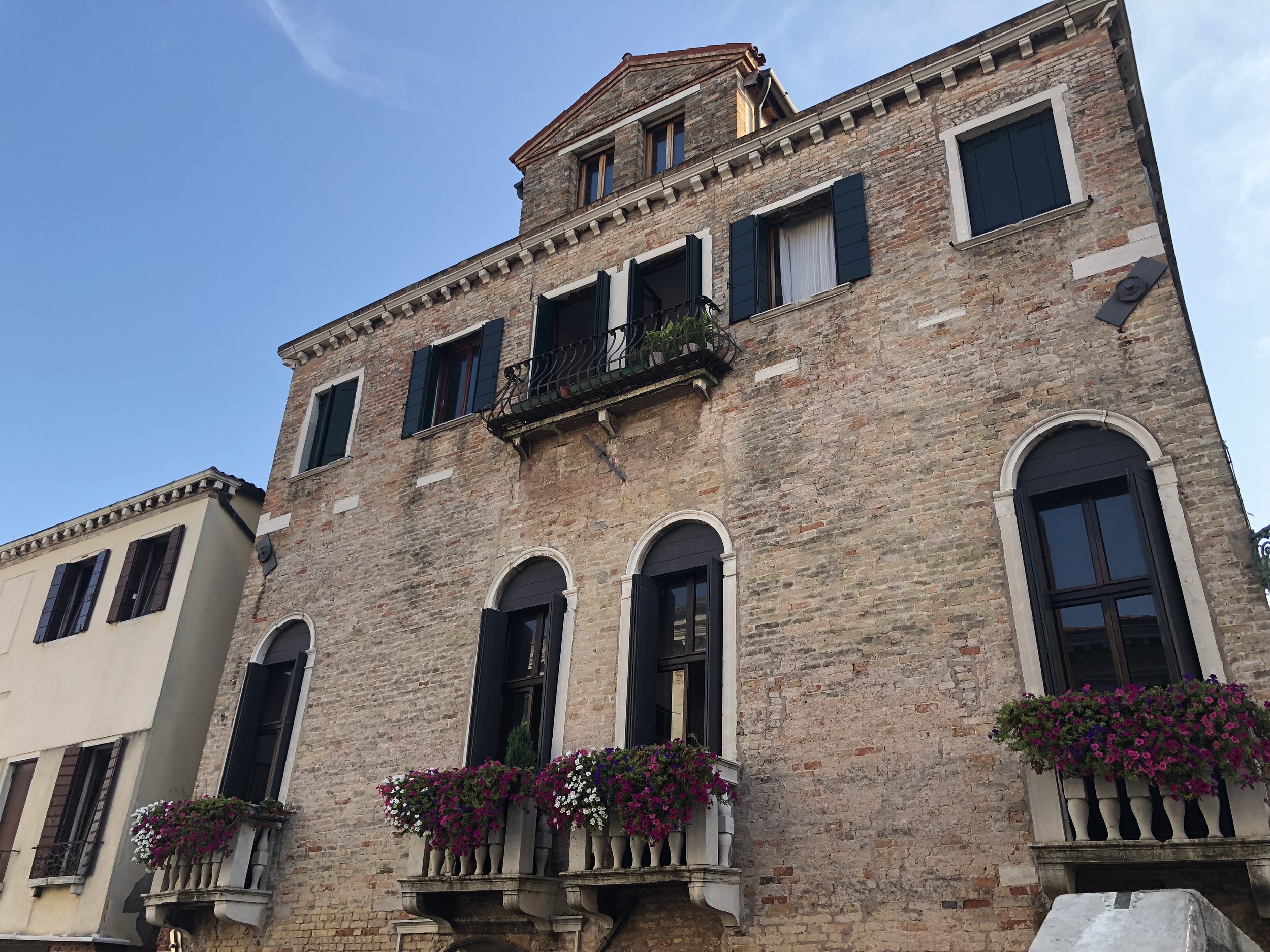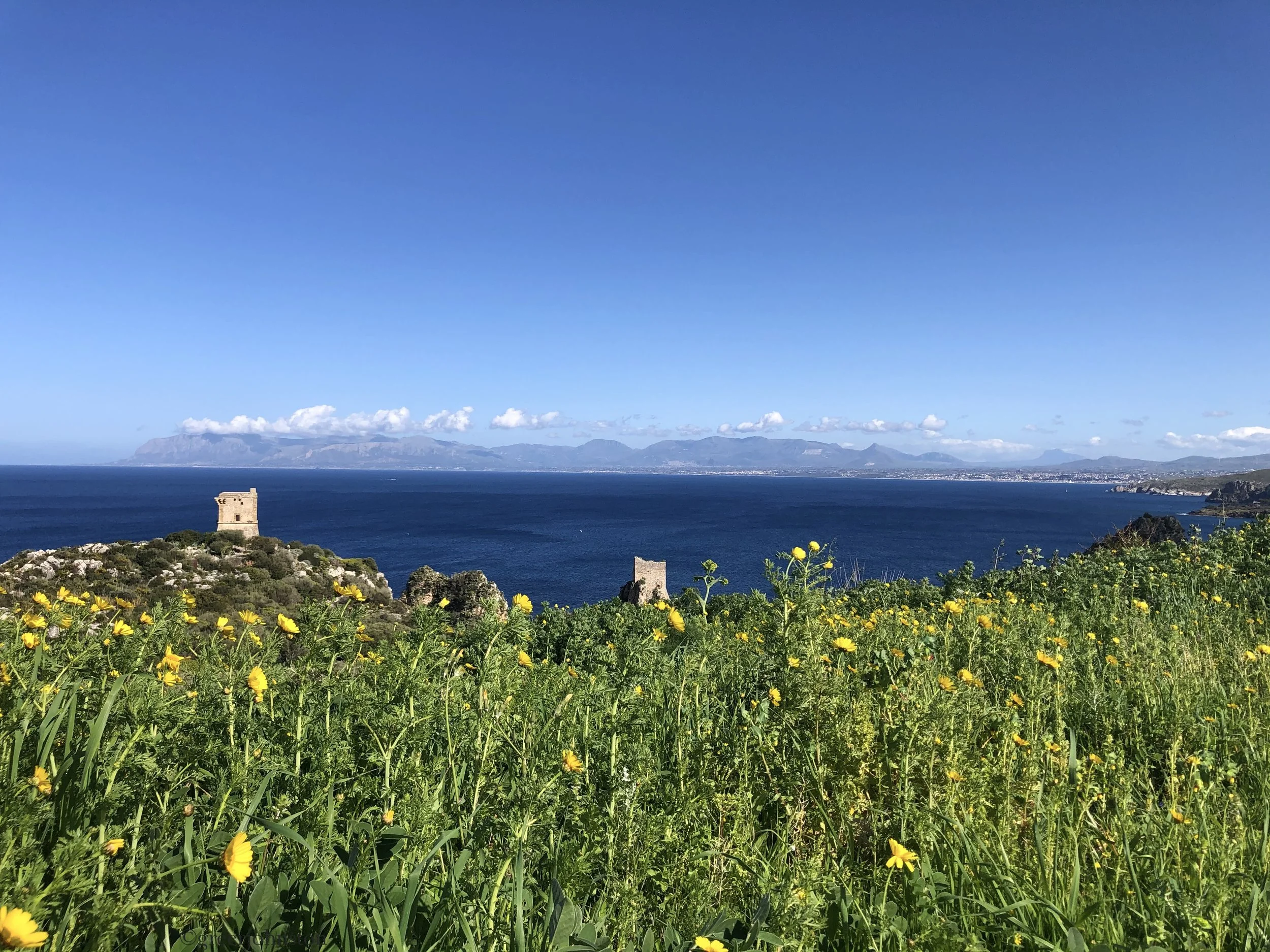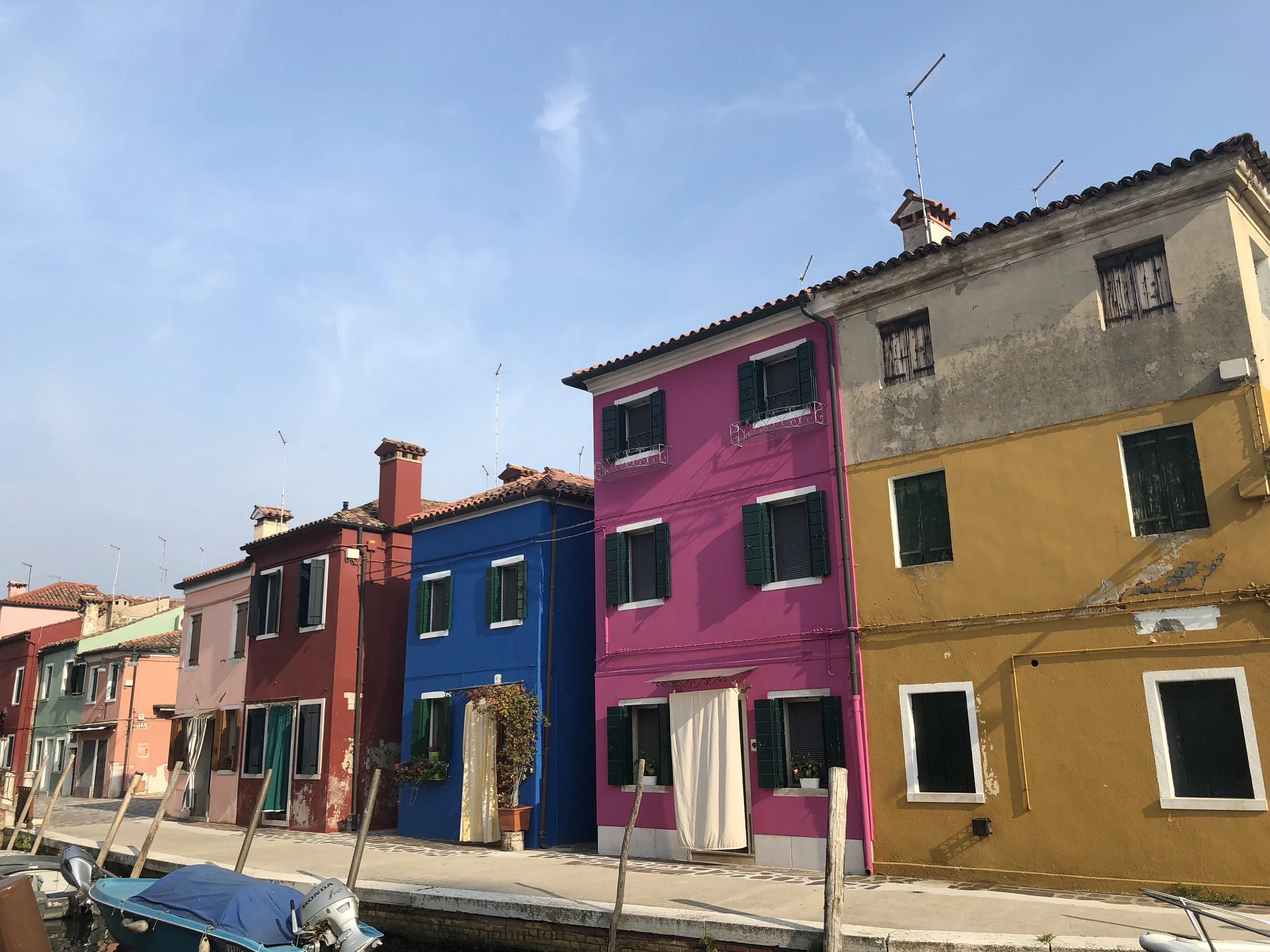Applying for Italian Residenza
Hi everyone! Welcome back to my Moving to Italy series! In these articles, I would like to help you in your journey toward living in Italy by writing about different things you will need to do to establish yourself here.
Today’s topic concerns the process of applying for residenza, basically declaring that you are a resident of Italy. I have recorded a video on this topic which you can watch here, but I also have it written out for anyone who would be prefer the written format.
So what is “residenza” and why do I need it?
Residenza is very important if you will be moving to Italy on a permanent basis. It is basically the process of registering yourself with the local population registry, which is called the Ufficio Anagrafe.
Like I said, this will be very important if you are moving to Italy, because it is how you will gain access to city and national services, such as getting an ID card (carta d’identità), registering with the health system, and voting.
Now, if you are coming to Italy to study for a few months, for example, but you are not intending to move here, this is not something you would need to worry about, because you are still a resident of your home country and you are planning to return. But if you are planning on settling in Italy, it will eventually be necessary for you to change your residenza.
Residenza is not just for Italian citizens, but for anyone who is permanently living in the local municipality. It is basically you telling the local municipality that you live there. In fact, if you are a foreign citizen living in Italy, it is after 10 years of having residenza that you are eligible to apply for Italian citizenship. So if this is something you are thinking about, it’s definitely worth it to declare your residency as soon as you can.
How can I apply for residenza?
While there do exist some general standards about the residenza process, I must say that the process and time required to enroll in the population residency will vary by each locality. If you live in a large city, it could take longer as there are thousands of people who will be requesting their first enrollment or needing to change their residenza, and there may only be tens of people who are actually working in this department. Whereas if you live in a smaller locality, even a smaller staff may be able to handle the smaller amount of applications in less time.
Generally speaking, the rule is to declare to the Ufficio Anagrafe within 20 days of moving into your new home that this will now be your residence. The first time you are moving to Italy, it will be best for you to go directly to your local Ufficio Anagrafe to ask them about their procedure. Now, for example, there has been a national online system created for changing your residence when you move. However, you need to already be registered and have a digital ID (SPID) to do. So for the first time, it is best to go directly to them.
After you have brought the Ufficio Anagrafe your documents, they should give you some kind of paper, like an acknowledgement that you have made the request to change your address, but that does not mean the procedure is over. Your application will be passed along to the people in the office who will review your application.
Once your documents have been processed they will send a police officer to your house to check that you actually live there. They don’t come into your house, but they will ring your doorbell and ask you to bring your ID out so they can check that it is you. Once the police, the vigili, have been able to verify you live there, it may still take some time for the processing to go through. You may not get any sort of acknowledgement that the process has actually been completed, but you will find out when you make the appointment with the Ufficio Anagrafe to obtain your identity card, or carta d’identità. When you arrive at the appointment, they may tell you the application still hasn’t been finalized, in which case you may have to come back in a few weeks and try again.
In theory, this process of registering your residenza should take 45 days from when you first declare your new address, but as I said, this totally depends on the burden of applications on each municipality and how they have been able to manage them.
I would think of residenza as less of a “declaring” your new address, but more of something you “obtain.” It is a status that grants you access to city and national services, and the acknowledgement that you live there. On your part, you have to make sure your documents are in order, for example that your housing contract is registered with the Agenzia Entrate and that you have the proper visa if you are coming from abroad. They also do their checking to make sure you really live there. So while it seems to be something simple, there really is more to it behind the scenes. Depending on where you live and your personal situation, it could take a few weeks or a few months from start to finish. As with everything, it is best to be patient, but keep an eye on your application. You can always reach out to someone if it’s been a while without any news.
One more thing that you may find when researching about residenza is another word, domicilio. Basically, we can think of residenza as our permanent address, and domicilio as a temporary or current address, for example if you are studying in another city for a few months. When you are first moving to Italy, you will be applying for residenza.
But then terminology gets a little confusing. If and when you do eventually move and change your primary residence, if you are staying in the same comune, or municipality, the term they use for this move may be a “cambio abitazione” or “cambio domicilio” and this refers to simply a change of address, since you are already a resident in that comune. If instead you are moving from one comune to another, then they may use term “cambio di residenza.” But that is just some information to keep in mind for later. For the first time you move to Italy, you are simply making a request for your residenza.
Now, this is really just a general overview, as the situation will vary in each municipality, and from person to person, but hopefully this could give you some information to start with.
You can check out more of my articles in the Moving to Italy series here!
Note: The header image was taken in Venice, Italy.





